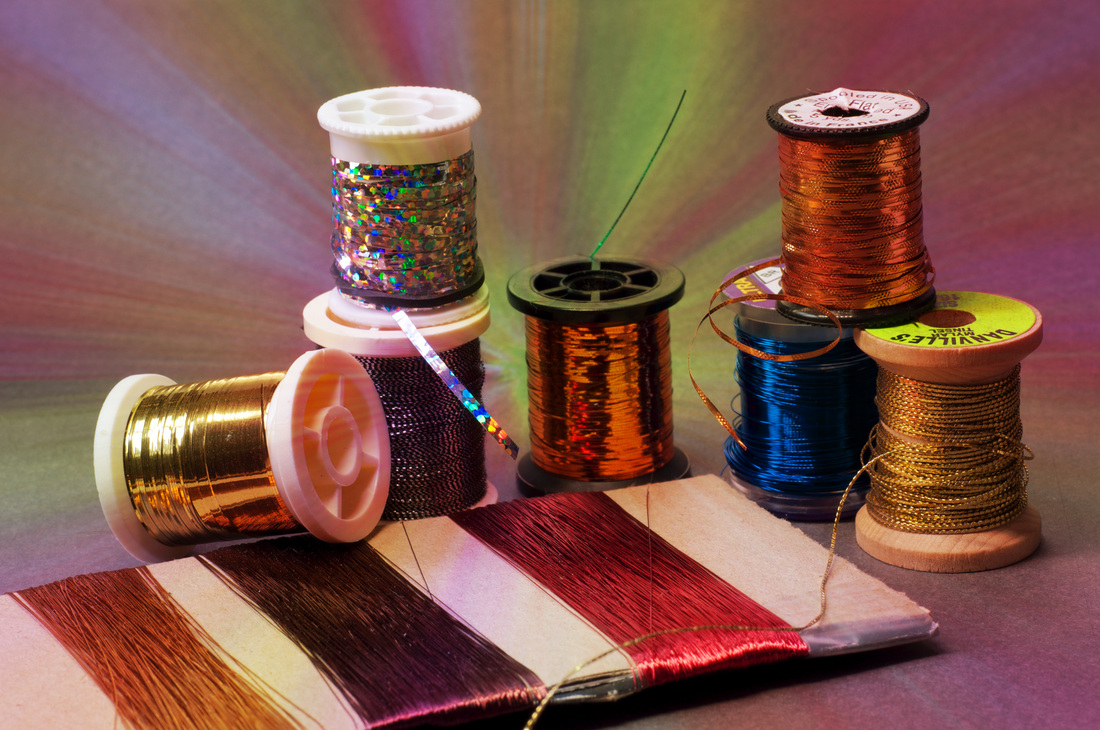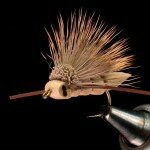Depends on several factors.....but in this case for the body material with it being floss (I think).......it's not necessary to counter wrap the ribbing. At least I don't and most fly patterns I see it's not done whether I'm using silk or synthetic floss.
Perhaps someone likes doing it this way and does it backwards. But for most leftys....that's how they do it so I'm making an educated guess based on the statistical odds someone follows standard convention. All my tying as a righty (unless I'm locking in a hackle or using herl fibers like peacock, ostrich or pheasant/turkey tail) then I wrap wire or tinsels in the same direction every time (clockwise as looking from hook eye to the bend)....I'm not counter wrapping.
Working with Wire and Tinsels
www.oldhatflytying.com
DEREKSPACE.NET This domain name is for sale. Owning a suitable domain name will help you achieve greater success in your career. For any business consultation about DEREKSPACE.NET, please contact us! ! !
www.derekspace.net
Am I wrong?......perhaps because the second posting says to counter rib floss.
Google
ribbing floss bodies on flies and tell me of the first 100 images you see...how many has the ribbing going counterclockwise?






